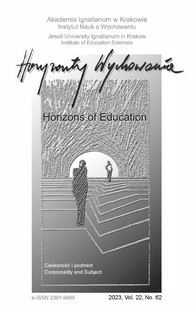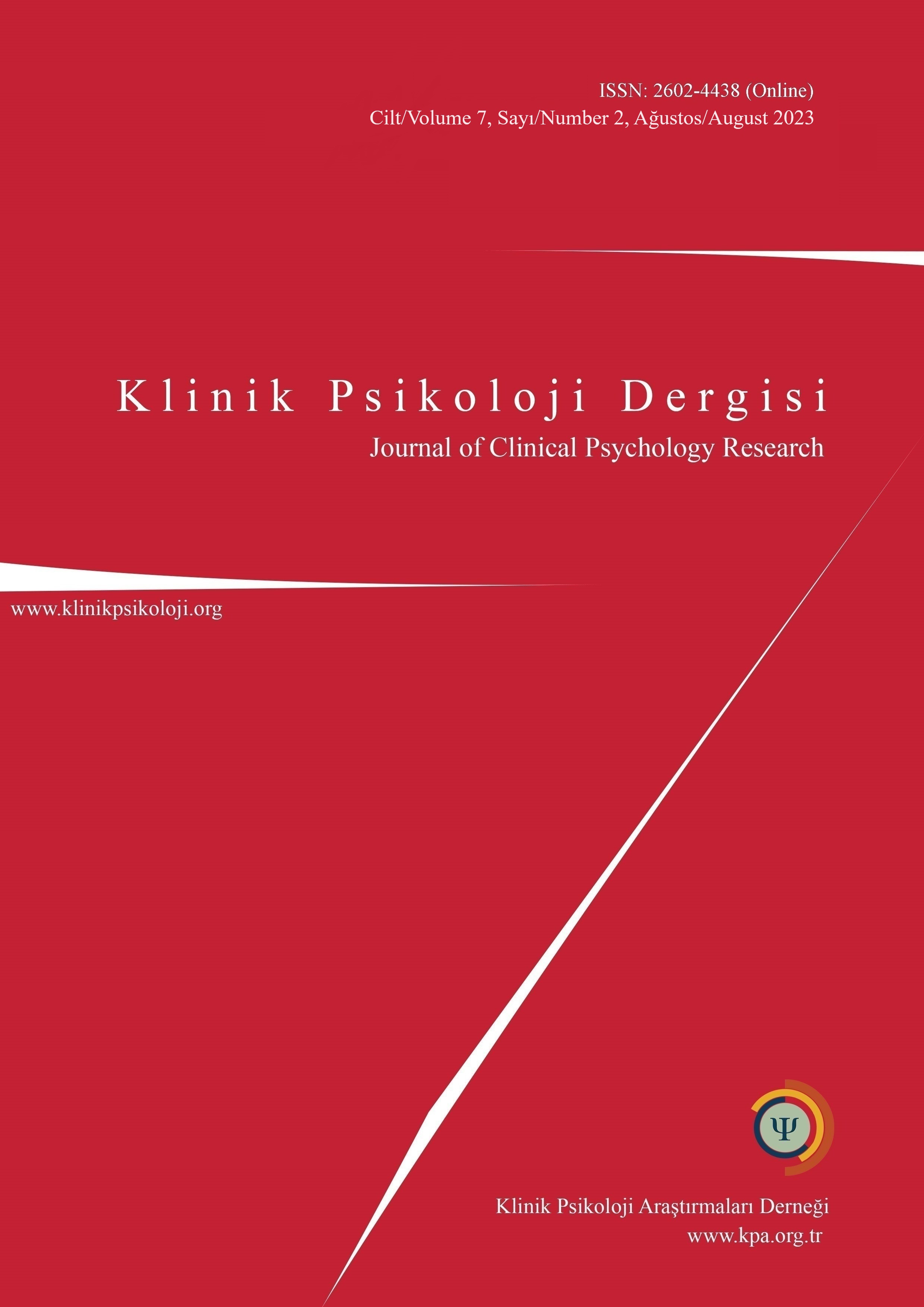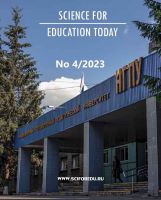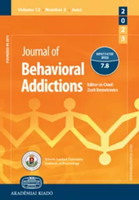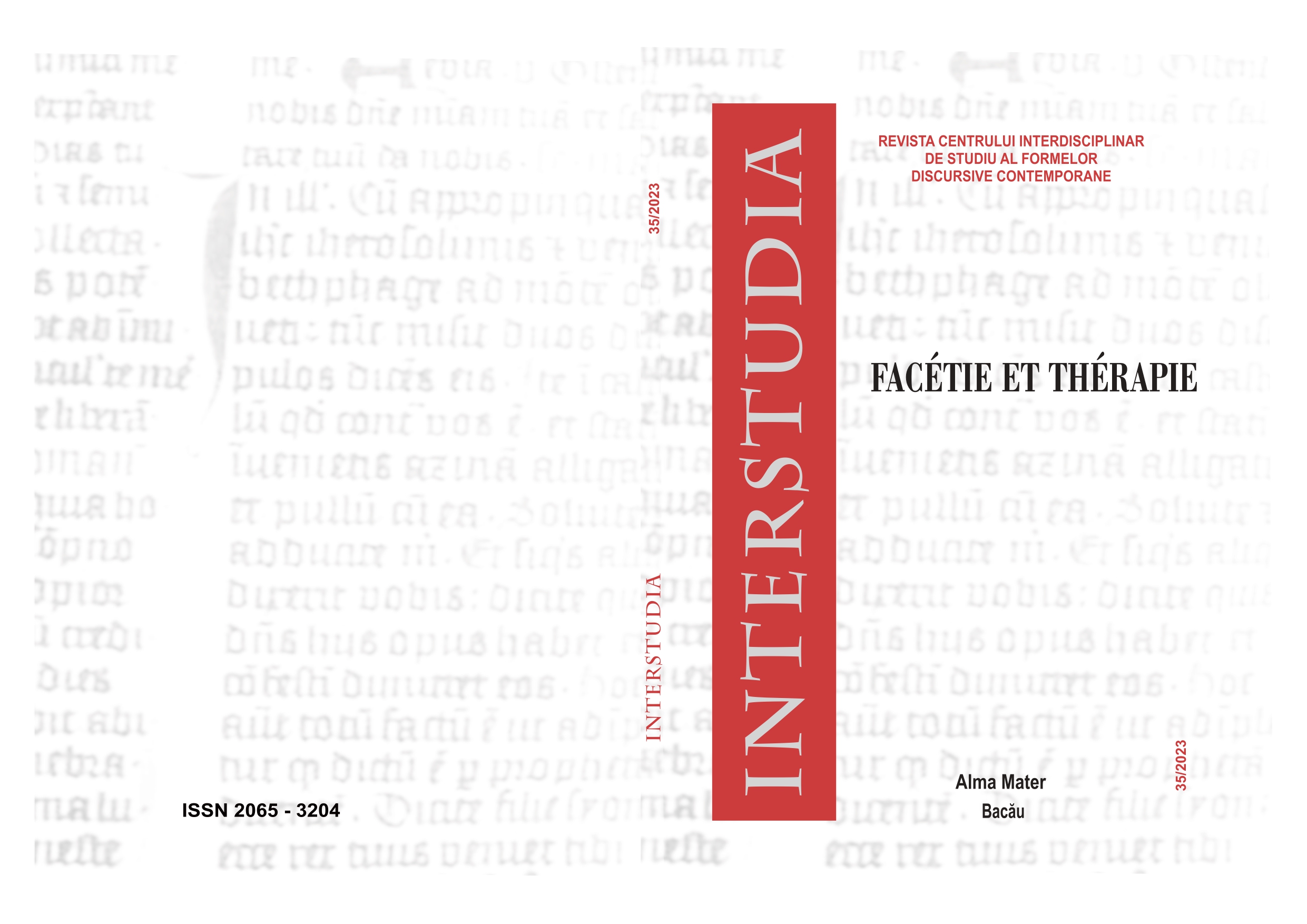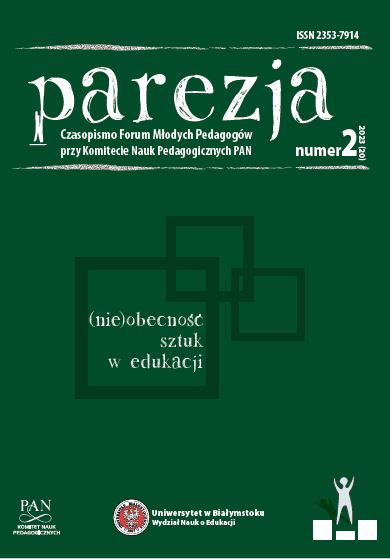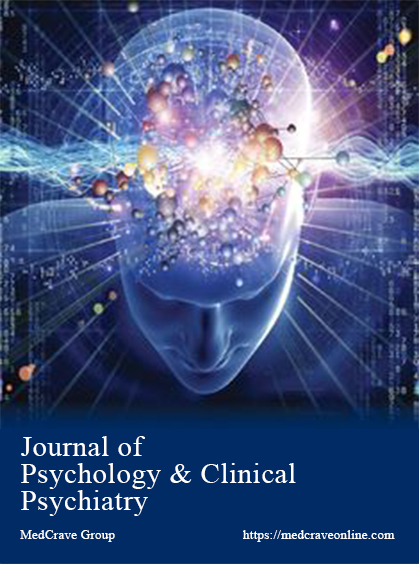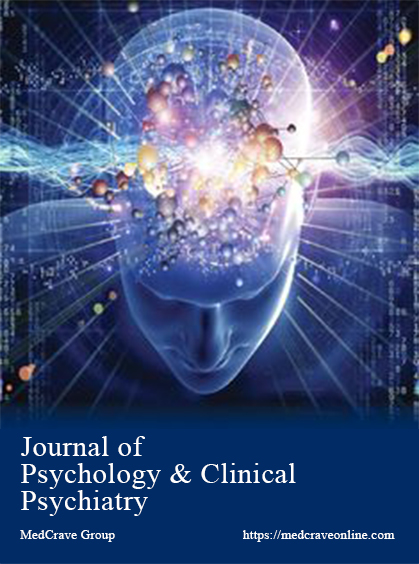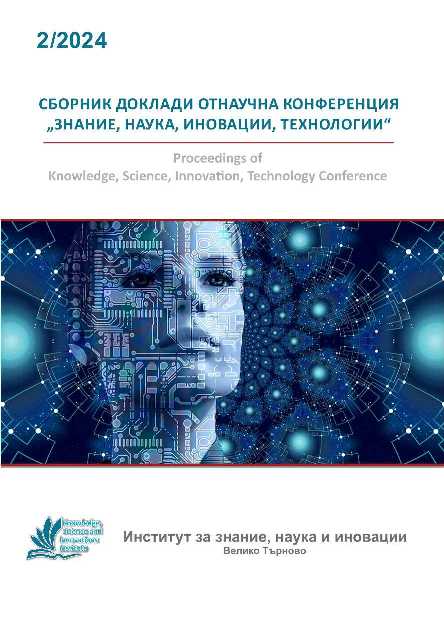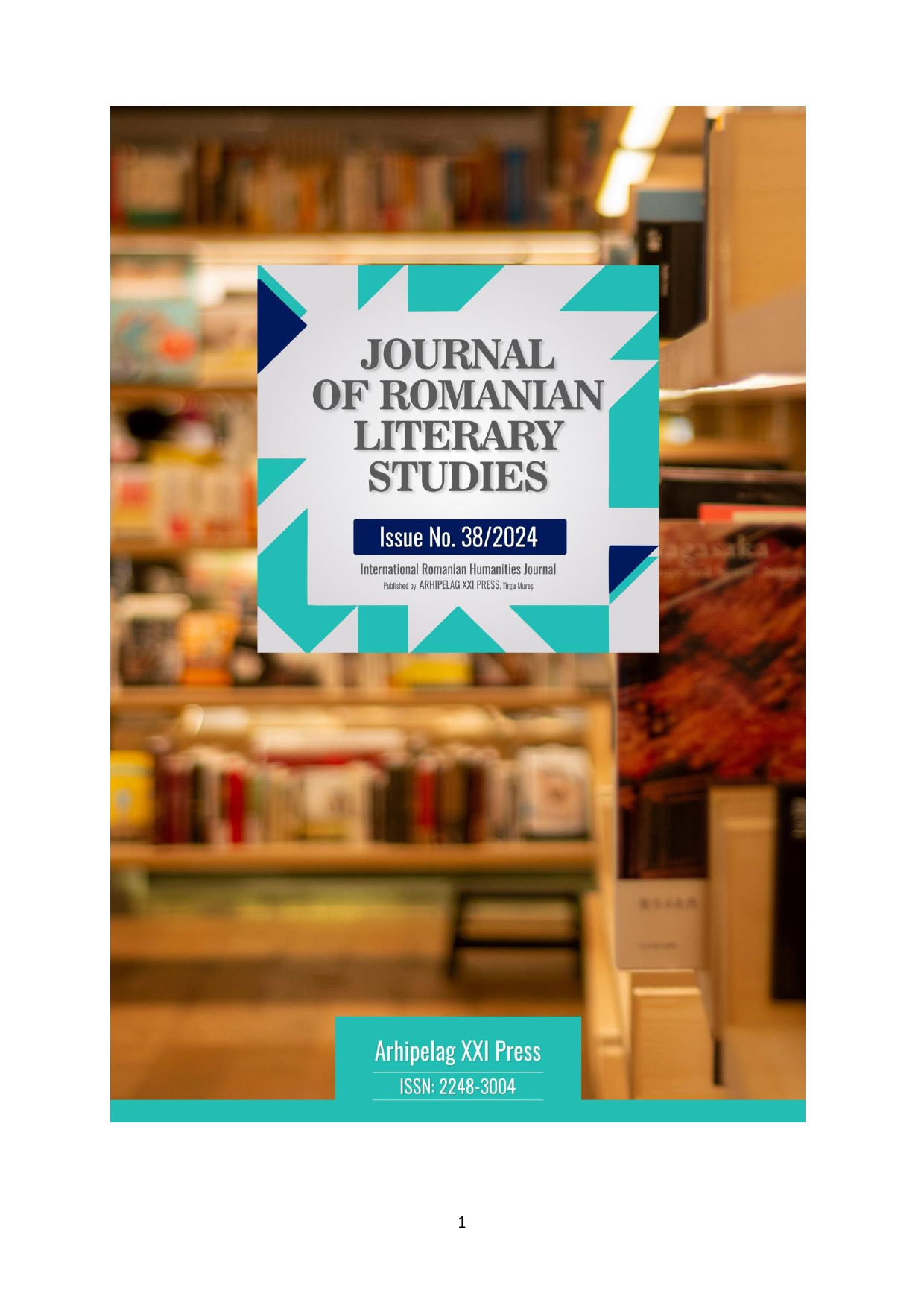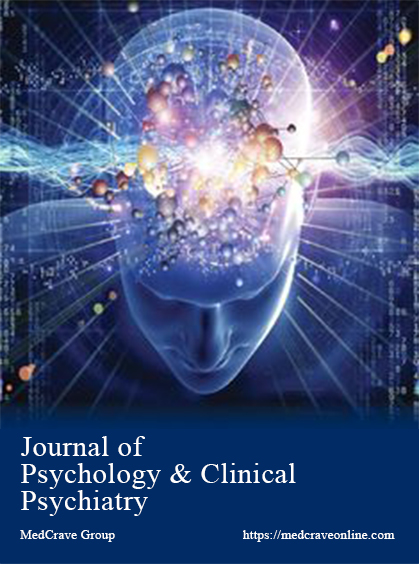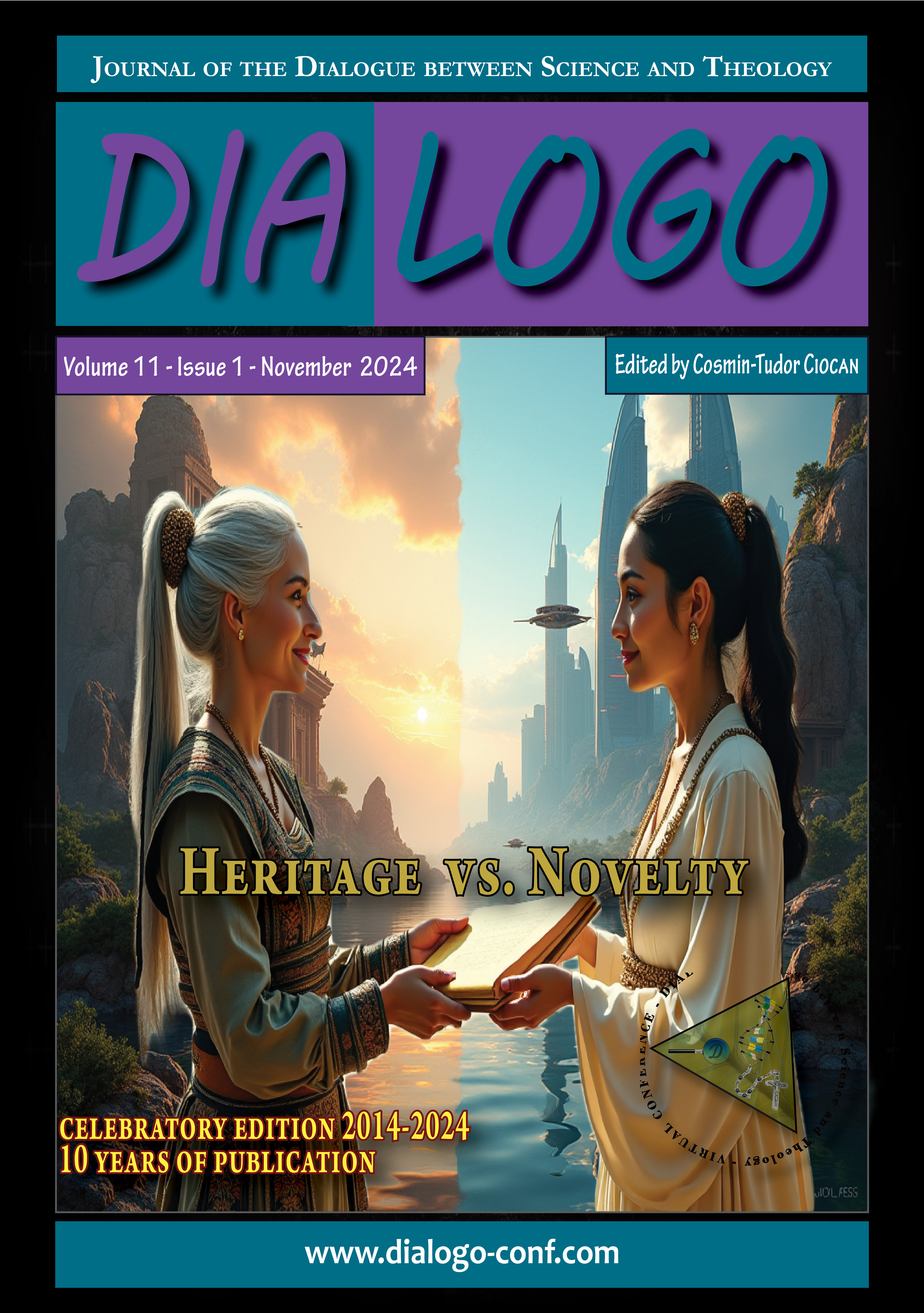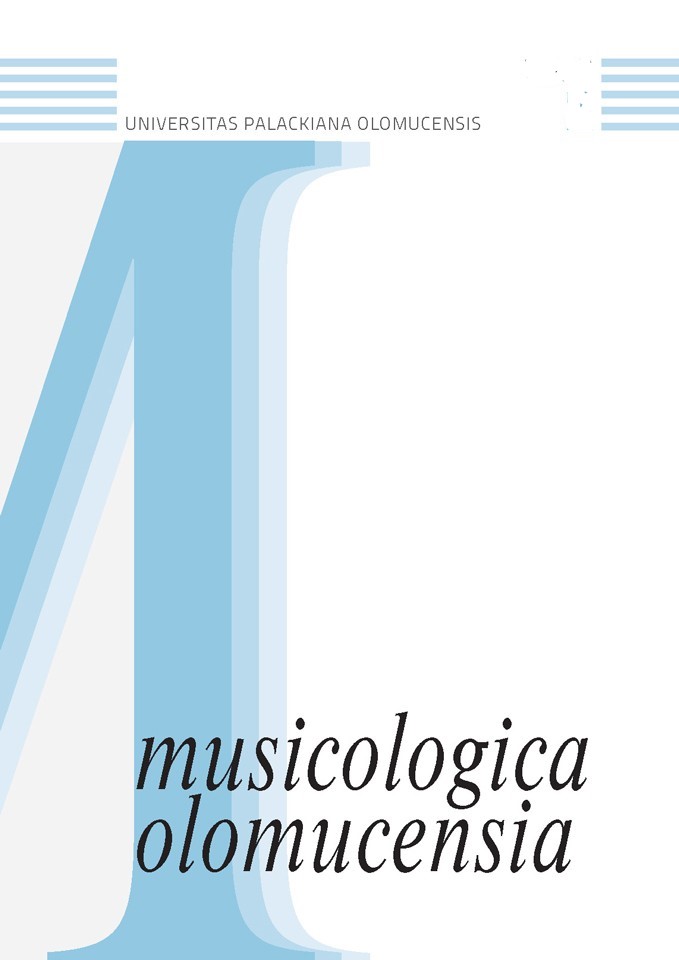Author(s): Elena Alexandrovna Sarf,Lyudmila Vladimirovna Bel’skaya / Language(s): Russian
Issue: 4/2023
Introduction. At the initial stage of professionalization of future teachers, the assessment of neuropsychic stability is of particular importance. The 1st -year students are most susceptible to stress, since the stability of the psyche (moral, personal, and emotional) is in the process of formation, therefore, their ability to overcome educational stress and develop a stable motivation for higher education depends on the success of the adaptation period. In order to achieve optimal adaptation of students, various tactical and strategic programs have been developed, however, there are a large number of methods for evaluating results that are not unified and require long-term data processing for various tests. In this connection, a new approach is needed to assess the level of stress for operational control in the process of adaptation measures. The purpose of the study is to substantiate the usage of the biochemical analysis of saliva to assess the level of psycho-emotional stress during the implementation of a set of adaptive measures aimed at overcoming educational stress and the formation of sustainable motivation for learning. Materials and Methods. We used sociological (questionnaire), analytical (biochemical) and statistical research methods. The study involved 105 students (age between 18.3 ± 0.3 years) who underwent a survey to determine the integral indicator of mental tension in accordance with the Lemoure-Tessier-Fillion scale modified by N. E. Vodopyanova. In all volunteers, we determined the content of cortisol, thyroid-stimulating hormone, testosterone, secretory immunoglobulin class A in saliva, as well as the mineral composition, the content of total protein and catalase activity, the content of substrates for peroxidation processes lipids and endogenous intoxication. The study was conducted twice: in the first week of the academic year and after the winter examination session. Results. It is shown that at the beginning of the academic year, the level of psycho-emotional stress is higher, while after the winter examination session, adaptation takes place. The more stressed subgroup is characterized by increased levels of cortisol both at the beginning of the year and after the winter examination session. The authors revealed statistically significant differences in the content of total protein, products of endogenous intoxication, concentration of salivary cations between groups with different stress resistance. The authors suggest that the biochemical composition of saliva characterizes the "background" level of stress, which is not detected by traditional questionnaire methods. Conclusions. The article concludes that the study has shown that the subjective assessment of the level of stress resistance correlates to changes in the biochemical parameters of saliva, which can complement the questionnaire methods and be used in the process of monitoring a set of adaptive measures.
More...
